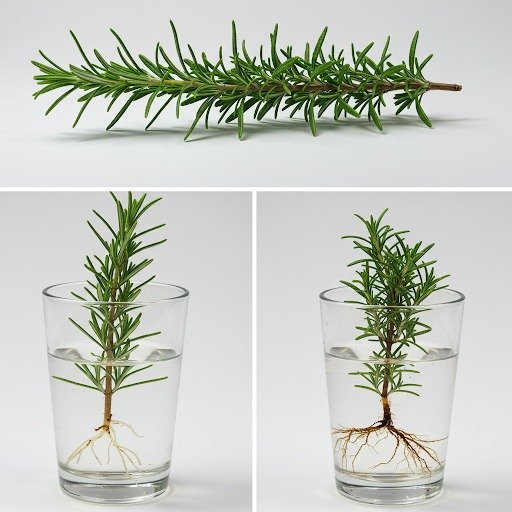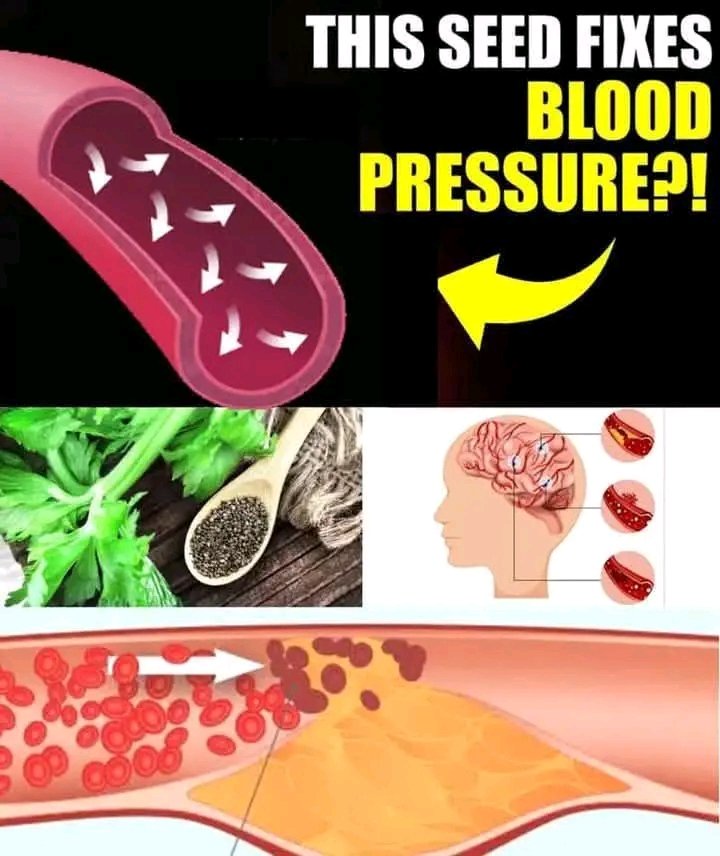Aerial roots are a crucial aspect of orchid care, and they are often a topic of curiosity and confusion for many orchid enthusiasts. In this article, I will provide detailed information on aerial roots, their importance, and how to properly care for them.
Understanding Aerial Roots in Orchids
Orchids have two types of roots: those that grow inside the potting medium and those that extend outside the pot. The latter are known as aerial roots. Some orchids may have an abundance of aerial roots, while others may have very few or none at all. This variation is completely normal and depends on the orchid species and environmental conditions.
Orchids are epiphytic plants, meaning they naturally grow by attaching themselves to trees or other plants rather than growing in soil. This explains why aerial roots play a vital role in their growth and survival. Structurally, aerial roots are not very different from the roots inside the pot; however, their function and the way they absorb nutrients differ significantly.
The Function of Aerial Roots
While the roots inside the pot absorb water and nutrients from the potting medium, aerial roots support the orchid’s development by absorbing moisture, light, and carbon dioxide from the air. The presence of numerous aerial roots, especially with green and active tips, is a strong indicator that the orchid is healthy and thriving.
Aerial roots contribute significantly to the orchid’s overall growth and vitality. They help the plant produce new leaves, roots, and flowers, ensuring a long and healthy life. Additionally, aerial roots serve as a natural humidity indicator. If your home environment has the proper humidity level for orchids, aerial roots will flourish. Conversely, if the humidity is too low, aerial roots may start to dry out.
Common Misconceptions About Aerial Roots
One of the most common misconceptions is that an orchid with many aerial roots needs to be repotted into a larger container. However, the presence of numerous aerial roots does not indicate that the orchid is outgrowing its pot. Instead, it signifies that the plant is in good health. Repotting unnecessarily can disturb the orchid’s growth cycle and even hinder its development.
Another frequently asked question is whether aerial roots should be cut. The answer is no—cutting aerial roots can stunt the growth of the orchid and reduce its ability to absorb moisture from the air. These roots are essential for the plant’s well-being, and they should remain intact unless they are damaged or dried out.
When to Cut Aerial Roots
Although cutting healthy aerial roots is not recommended, there are circumstances when trimming may be necessary. If you notice that the aerial roots have dried out completely or have started to rot, they can be removed. To determine whether a root should be cut, gently squeeze it. If the root is hollow, brittle, or falls apart when handled, it is dead and can be trimmed back to the healthy portion.
For example, when purchasing a new orchid, you may notice that some aerial roots appear dried out. This is a common reaction to environmental changes. In such cases, only the dried-out portions should be cut, leaving any green, healthy sections intact.
Reviving Dry Aerial Roots
If the tips of your aerial roots are not green or appear dry, there is a method to help revive them. Fill a bowl with water and immerse the aerial roots in the water for a short period. This process helps to rehydrate the roots and provide the necessary moisture for recovery. When an aerial root is placed in water, it will often change color from grayish-white to green, indicating that it is absorbing moisture. However, always check the roots inside the pot when determining whether your orchid needs watering. Aerial roots alone are not a reliable indicator of when to water your plant.
Orchid Rejuvenation Through Aerial Roots
In cases where an orchid has an excessive number of aerial roots and a tall stem, it is possible to use these roots for rejuvenation and propagation. This method requires some experience in orchid care, as improper handling can damage the plant.
To rejuvenate an orchid, cut the plant at the stem, ensuring that the upper portion has several healthy aerial roots attached. This section can then be repotted to grow as a separate plant. The remaining roots in the original pot will develop new keiki sprouts within a few months, eventually growing into a new orchid. This method allows you to obtain two orchids from one, providing an opportunity for propagation and further growth.
Final Thoughts on Aerial Root Care
Aerial roots play a crucial role in the overall health and development of orchids. They should be left intact unless they are completely dried out or rotten. By understanding their function and importance, you can better care for your orchid and ensure its longevity.
Providing the right humidity, proper watering, and occasional misting can help maintain healthy aerial roots. If you follow these guidelines, your orchid will thrive, producing vibrant flowers and lush foliage. Happy orchid growing!



